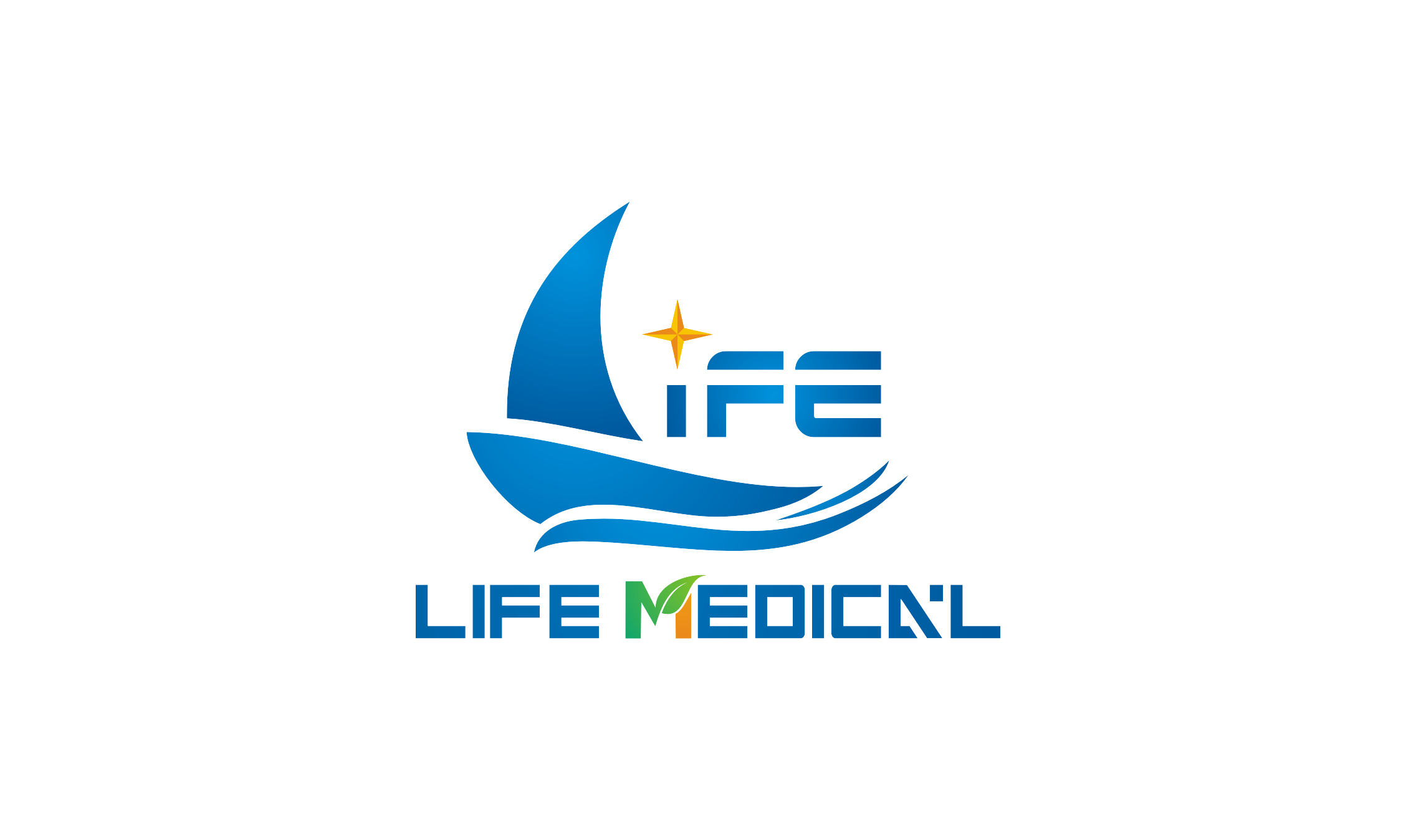My Blog
Types of Enteral Feeding Tube
Types of Enteral Feeding Tube
A person who uses a feeding tube may have an illness or injury that prevents them from eating by mouth.enteral feeding tube A feeding tube delivers liquid nutrition formula directly into the stomach and small intestine. It can be used to replace the person’s normal diet or as a supplement. The formula is made up of protein, carbohydrates, fats, vitamins and minerals. A doctor or dietitian chooses the specific formula that meets the person’s needs. The formula can be delivered with a pump or by using a syringe. The feeding tube is also used to deliver medicines.
Thousands of people receive tube feedings in the hospital and continue them at home or in long-term care facilities.enteral feeding tube It’s important to care for the tube insertion site (called a stoma) and keep it clean. The stoma should be assessed daily for redness, swelling, itching or infection. If there are signs of an infection, your provider will treat the skin with antibiotic ointment and wash the area. The stoma should be flushed with warm water before and after each feeding to prevent clogs and to help maintain patency.
There are many different types of feeding tubes. The type of tube your provider chooses depends on where the stoma is placed and what condition or injury you have. Some tube types require surgery.
Nasal tube (NG): This is the most common type of enteral feeding tube and can be inserted through the nose into the stomach or into the small intestine. A nasogastric tube can be removed through the nose or with image guidance (endoscopically).
Jejunostomy tube (J): This tube goes into the second part of the small intestine called the jejunum and can be removed through the abdomen. This tube has a G port that drains stomach fluids and a J port that is used for feeding.
If you have a nasogastric or jejunostomy tube, you must sit upright during feedings and for several hours afterward to avoid aspiration pneumonia. Aspiration is when the liquid formula slips into the windpipe and lungs. Your provider can teach you how to sit in the right position.
You should always ask your provider before you try to insert a new tube yourself or clean your own stoma. It’s not recommended because if you do it incorrectly, you could get a clog. Besides, the procedure can be very painful. A health care provider will show you how to flush the tube with warm water before and after each feeding and before administering medicines through the tube. Your provider will demonstrate this for you in the hospital before you leave. It’s important to follow agency policy when flushing a tube.
0users like this.


